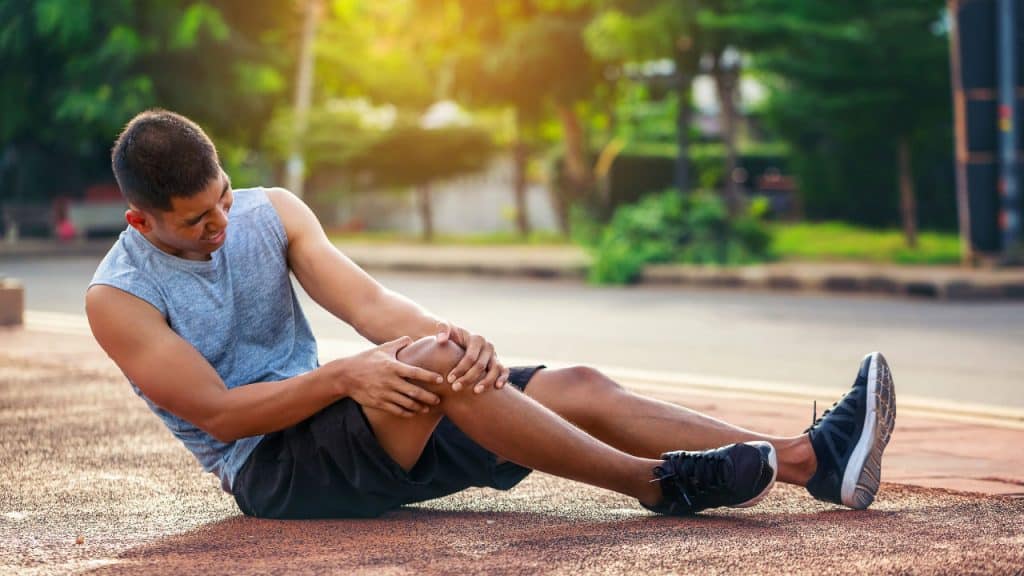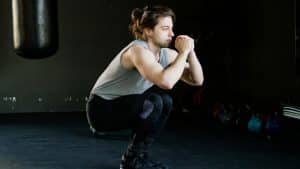It can be hard to keep up a proper exercise routine on a good day. For people with injuries and disabilities, it becomes extra difficult. That’s especially true when you have trouble with your knees. Knees are essential to our mobility, but their position and the amount of stress they often experience means they’re particularly vulnerable to damage, and you may need to learn how to navigate that (https://longevity.technology/lifestyle/knee-pain-signs-symptoms-and-treatment-options/).
There are lots of reasons your knee could be in pain, whether it’s a dull ache or sharper agony. Sprains, strains, tears and fractures can all occur if the knee is badly twisted or suffers a big external impact. These kinds of acute injuries are common after accidents, including in sports. They can be contrasted with more chronic pain from conditions such as arthritis. It’s also possible for the joint or surrounding bone to become infected.
Some knee pain doesn’t even originate with a damaged knee. Problems in the foot or hip that impact our walking and range of motion or conditions like sciatica that cause nerve compression can also have an impact.
As we age, our ligaments and tendons see their flexibility reduce and cartilage wears away, which can increase the risk of developing knee problems. Knee pain is also associated with obesity. Other potential risk factors include a history of previous knee injuries and working in occupations or practicing sports that put extra pressure on the knee.
Milder pain may just be a response to a particularly intense exercise session. If the pain continues, is particularly severe, or is accompanied by other symptoms like swelling, visible deformities or fever and other infection-related symptoms, you may need urgent medical attention. Tests will be done to identify the exact cause and nature of the pain, which will allow for more targeted treatment.
Less drastic interventions could include rest, over-the-counter painkillers, ice therapy, heat therapy or assistive devices like crutches. Stronger prescription painkillers may be necessary in more extreme cases, with surgery as a last resort. Physical therapy is always important, with regular, managed physical activity vital to recovery.
Recommended exercises may include hamstring curls, leg lifts, calf stretches, wall squats and seated knee marches. Of course, you need to be careful. Make sure there’s a professional guiding you. Proper techniques and appropriate equipment will make exercise safer and help protect your knee.




